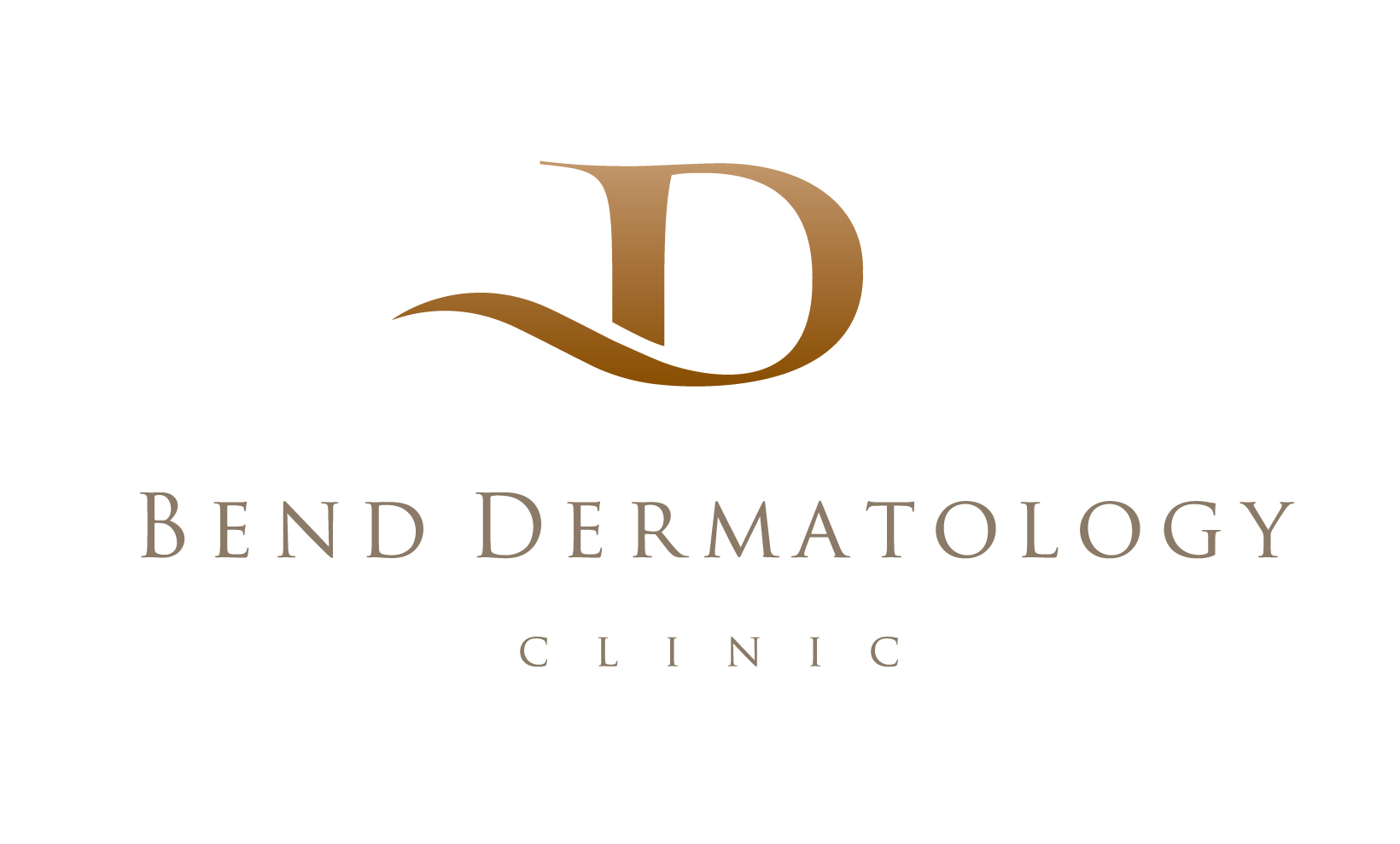When it comes to injectables or cosmetic dermal fillers, there are several options and you may be wondering which one is best for you. We break down the differences here so you can learn a little bit more about them, including RADIESSE vs. JUVÉDERM, and other popular fillers. Learn more about each cosmetic injection here.
What Exactly do Dermal Fillers do?
Also known as cosmetic injections, injectables, or facial fillers, there are different products and treatments to know about before you make a decision on what’s best for you.
Much of aging is actually from volume loss, so dermal fillers help to combat that issue. Dermal fillers are injected under the skin to smooth lines and creases, help plump lips, replace lost volume, enhance contours, and improve symmetry.
What Makes Dermal Fillers So Great?
Some of the benefits of dermal fillers include:
- Instant results
- Little to no downtime
- They last on average 6 months to 2 years
What to Expect When Getting Dermal Fillers
When you meet with a Bend Dermatology Provider, they will talk with you to determine the best filler based on your skin care goals and the different products formulated for different areas with a unique texture, density, and depth of the injection. The actual process typically takes less than 30 minutes.
The area is cleaned and then a topical numbing agent is typically applied prior to the injection. Most fillers now contain lidocaine, an anesthetic, to minimize pain and discomfort.
Afterward, you’ll notice immediate results but could have temporary redness, swelling, bruising, or bumps on your skin.
Who Shouldn’t Use Dermal Fillers?
There are some cases when Providers recommend against dermal fillers. You shouldn’t get cosmetic injectables if:
- You are pregnant or breastfeeding
- You have a sinus or skin infection
RADIESSE Vs. JUVÉDERM: Comparing Injectables
RADIESSE and JUVÉDERM are two common dermal fillers, so here’s a comparison of the two along with other common injectables (VOLBELLA, Sculptra, and VOLUMA) to help you understand a bit more about the differences between them:
RADIESSE
Main ingredient: Calcium hydroxylapatite
Common uses: Treating facial skin folds, adding volume to cheeks
How long it lasts: Approximately one year after injection
JUVÉDERM
Main ingredient: Hyaluronic Acid (HA)
Common uses: Addressing facial wrinkles, adding volume to the skin on the face, adding volume to lips
How long it lasts: Approximately nine months to one year after injection
VOLBELLA
Main ingredient: Hyaluronic Acid (HA)
Common uses: Smoothing lip lines and defining the lip’s border
How long it lasts: Approximately one year after injection
VOLUMA
Main ingredient: Hyaluronic Acid (HA)
Common uses: Adding volume and contouring cheeks, lifting the skin in the middle of the face
How long it lasts: Approximately nine months, but up to two years with full correction
Before injecting a dermal filler, a Provider will consult with the patient on his or her desired results and discuss needs and recommendations, medical history, and any current medications.
Where Can I Get Dermal Fillers?
Bend Dermatology’s DermaSpa offers dermal fillers to patients throughout central Oregon. As an established medical provider, you’ll get benefits you won’t find at a salon or day spa. Read more here about why you want to get your cosmetic procedures done at a medical practice.
You can schedule an appointment today to meet with an experienced Provider and discuss dermal fillers.

